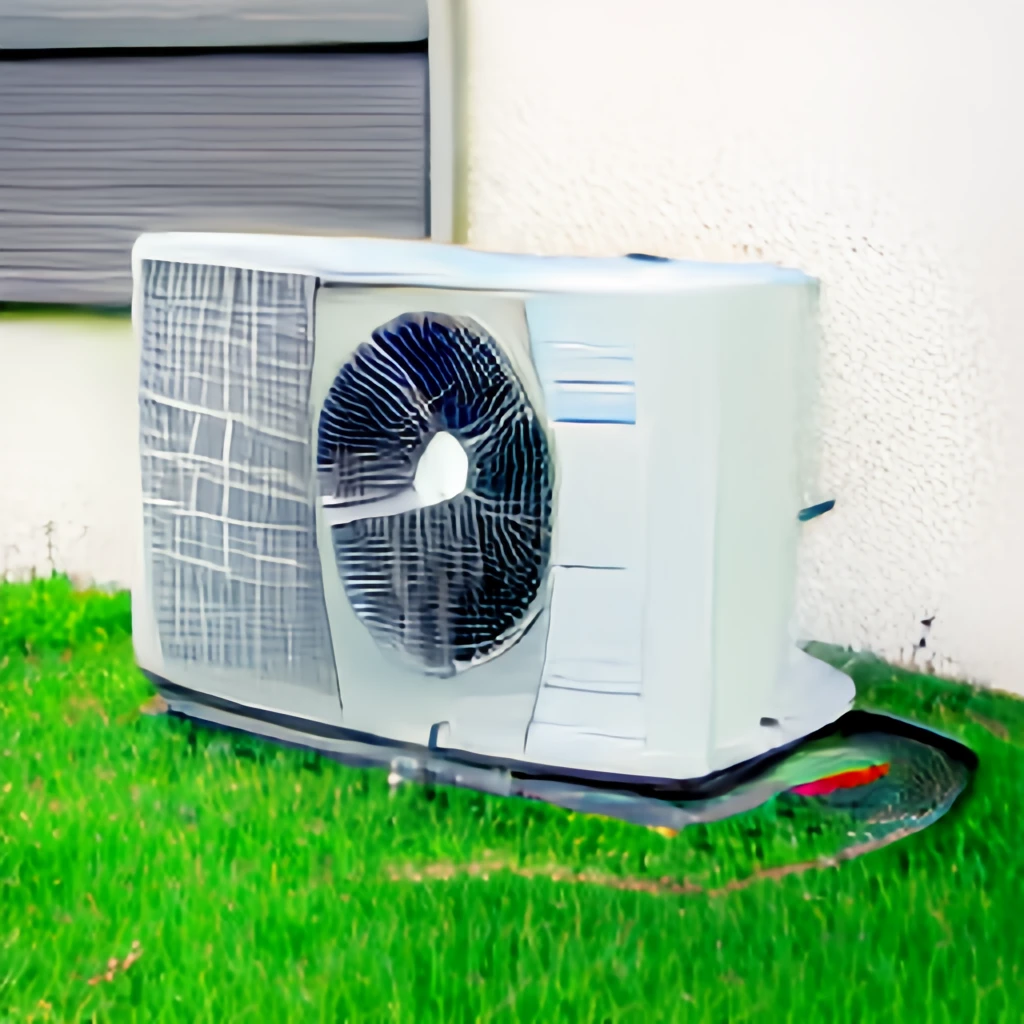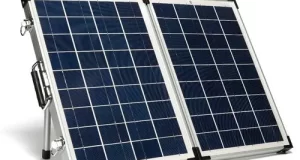The winter months are upon us, and with it comes the need to keep our homes warm and cozy. But what if you could heat your home with solar energy instead of relying on traditional energy sources? This blog post will explore how you can use solar energy to heat your home. Read on to find out more!
Address Your Home’s Lack of Energy Efficiency
Taking the time to ensure your home is as energy efficient as possible can drastically reduce the energy needed to heat your home. Start by assessing the insulation of your home. Ensure that your attic and walls are insulated and that any doors and windows are sealed tightly.

Consider installing a heat pump to help with your energy efficiency and costs. Heat pumps are more eco-friendly. It captures heat using a relatively small amount of electricity (compared to the amount of heat it delivers) without emitting any carbon dioxide. They can be a great addition to a solar energy-powered house.
It would be best if you also were sure that your HVAC system is in good working order and that you’re using the most efficient thermostat setting. Lastly, be sure to replace any outdated windows and doors with more energy-efficient models. Taking the time to ensure your home is as energy efficient as possible will ensure you get the most out of your solar energy investment.
How Much Energy Your Home Uses
When it comes to heating your home with solar energy, it’s crucial to understand how much energy your home uses. Different homes have different energy needs depending on size, climate, and other factors. Knowing how much energy your home uses will help you determine the size of the solar system you need.
One way to calculate your energy usage is to determine how many kilowatts your home uses each month from your electricity bill. It will tell you how much electricity you’ve used, including lights and appliances.
If you check how many watts your HVAC uses an hour, multiply that by the number of hours you’ve used it and divide it by 1000, and you’ll find out how many kilowatt hours are consumed by your HVAC. You can use this number to see if installing solar panels can cover your energy usage for heating or more.
Passive Solar Heating vs. Active Solar Heating
Passive solar heating and active solar heating are two different ways to use the sun’s energy to heat your home. Passive solar heating uses solar energy to directly heat a home by taking advantage of the sun’s heat through the windows, walls, and floors. On the other hand, active solar heating involves using solar panels to convert solar energy into electricity. This electricity is then used to power a device such as a furnace or water heater.
One of the most efficient techniques for using passive heating is installing materials with a high thermal mass. Some materials that trap heat more effectively include masonry items like ceramic tiles, rock, bricks, and concrete. These materials quickly absorb heat; after the sun goes down, they can emit the heat they’ve held.
Harnessing the power of solar energy for heating purposes can involve warming air and water via electricity produced by photovoltaic (PV) panels. The panels should be strategically placed on a bright wall or rooftop for your benefit. The panels will absorb heat and create electricity to drive a heat pump or the blower fan of a gas furnace.
While passive solar heating is often more cost-effective and easier to install, active solar heating can offer greater long-term savings. Active solar heating is suitable for larger homes. Ultimately, it is essential to consider your budget and energy needs to determine which option is ideal for your home. And remember, nothing is stopping you from using both!
Heating Your Home with a Solar Thermal System
Heating your home with a solar thermal system is an efficient and cost-effective way to reduce energy bills. A solar thermal setup utilizes the sun’s radiation to warm water meant for at-home use. The functioning of a solar thermal panel is relatively uncomplicated: the heat from the sun is collected with panels referred to as solar collectors. The heated water or heat-transfer fluid is then transferred from the collectors to the hot water cylinder. From there, the cylinder can be used directly for hot water or heating. For example, the cylinder/tank can distribute the fluid through your radiant floor heating system to keep your home warm.
Another excellent option is a stand-alone heat exchanger. This device captures energy from the sun and converts it into heat. Both of these systems can be used to efficiently and effectively provide heat for your home.
Heating Your Home with a Solar Photovoltaic System
Heating your home with a solar photovoltaic system is another excellent way to utilize solar energy to heat your home. By collecting energy from the sun and converting it into usable electricity, you can use the electricity to power a heat pump to heat your house directly.
One disadvantage of PV panels, when compared to thermal systems, is the area they occupy. A solar PV system can take up 10m2 to produce the same amount of heat as a 3-4m2 thermal panel. However, PV panels are constantly improving, so they might be worth considering as a long-term investment.
How Many Solar Panels Do I Need
The number of panels you need to heat your home will depend on various factors. These factors include the size of your home, energy needs, sunlight your home receives, and the type of solar panel you choose. Here are some estimations, however, to give you a better idea of what you can expect.
An average household in the US consumes about 11,000 kWh (kilowatt hours) of heat energy per year. However, there are significant variations between regions (source).
If you want to warm your house using a combination of PV panels and a heat pump, you’re in luck. A heat pump with a relatively good coefficient of performance (CoP) needs around 4,000 kWh of energy per year for space heating in an average home.
Based on these averages, you’d need about 19 solar panels to heat your home if you use electric heating or 7 solar panels if you use a heat pump.
Remember that these are just averages and can change drastically based on location, energy consumption, etc. Consulting with a solar energy expert can also help you determine your home’s optimal number of solar panels.
TIP: If you can, try to utilize net metering by feeding the excess energy you collect in summer back into the neighborhood grid. This can help you during winter when your energy output will be lower.
How to Choose the Right Contractor for Installs
When installing solar heating systems, choosing the right contractor is vital. You want someone with the experience and expertise to get the job done right. Look for contractors who are certified in solar installation, as well as ones who are familiar with the local climate and building codes.
Make sure to get different quotes from different contractors to compare prices. Also, be sure to ask for references and to read reviews of the contractor’s previous work. Past feedback will help you make the best home and wallet decisions.
Conclusion
We hope you found this quick guide to heating your house with solar energy useful! Solar systems are constantly changing and improving. So, even if they aren’t something you can implement right now, it’s worth keeping them in mind as they might become the right option for you in a couple of years.





